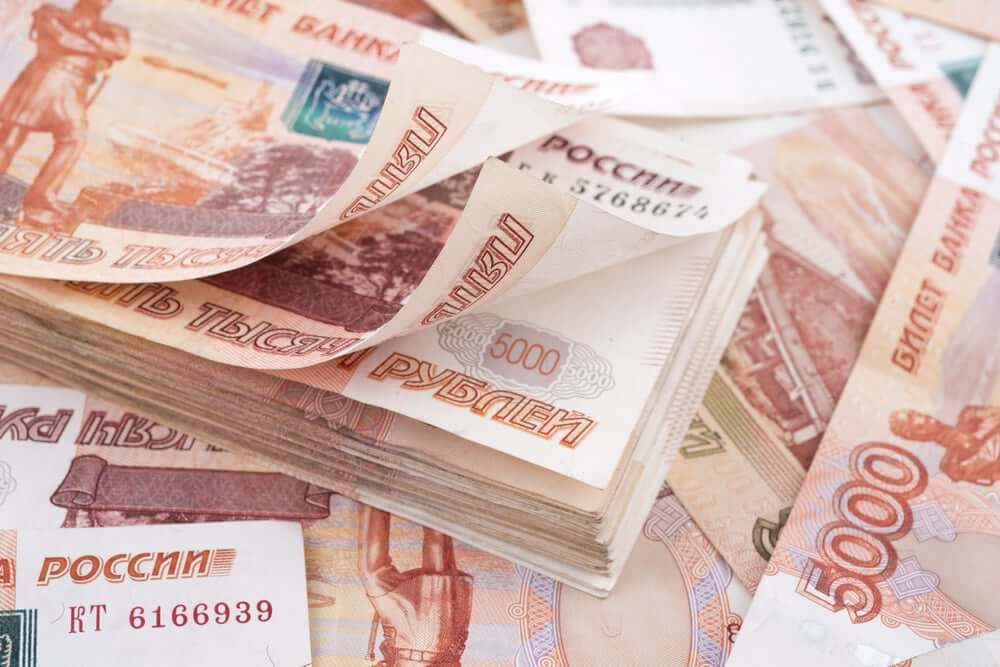
Russian Ruble Weakens
The ruble fell slightly on Tuesday, with investors focusing on a video call between Russian President Vladimir Putin and his US counterpart Joe Biden later in the day. The threat of new sanctions against Moscow hung over the talks.
According to US officials, Biden will tell Putin that if Russia invades Ukraine, Russia and its banks could face the harshest economic sanctions yet. This sent the Russian currency into the red in late trading on Monday. According to Kyiv and the West, Russia is amassing troops near Ukraine. Russia denies any such plans and claims to be free to move troops within its borders as it sees fit.
The Kremlin said on Tuesday that it did not expect a breakthrough in the talks and urged people to remain calm in the face of rising tensions.
A fixed income portfolio manager at Mediolanum Irish Operations, Russia, could cut off the SWIFT payment system banks use worldwide. It would exacerbate Russia’s high inflation problem. For several years, SWIFT measures have been a looming threat. According to Andrey Kostin, CEO of Russia’s second-largest bank, VTB, such a move would be equivalent to declaring war.
Currencies
After gaining earlier in the session, the ruble was 0.2 percent weaker against the dollar at 74.46 by 1404 GMT. It gained 0.2 percent against the euro, reaching 83.70. Yields on the government’s 10-year benchmark treasury OFZ bonds were also under pressure, rising eight basis points to 8.60 percent and remaining near their highest levels since early 2019.
According to Sova Capital, the sanctions threat could be part of a US strategy to deter Russia. It could cool tensions between the West and Russia and reduce geopolitical risks in the ruble and Russia’s financial assets.
Threats fired by the US on the eve of the summit may have inflamed rather than defused tensions and eroded hope of reaching an agreement. The global benchmark for Russia’s main export, Brent crude oil, was up 2% at $74.55 per barrel. Therefore it boosted Russian stock indexes.
The RTS index in US dollars rose 0.1 percent to 1,623.8 points. The MOEX Russian index, denominated in rubles, rose 0.7 percent to 3,838.0 points.


